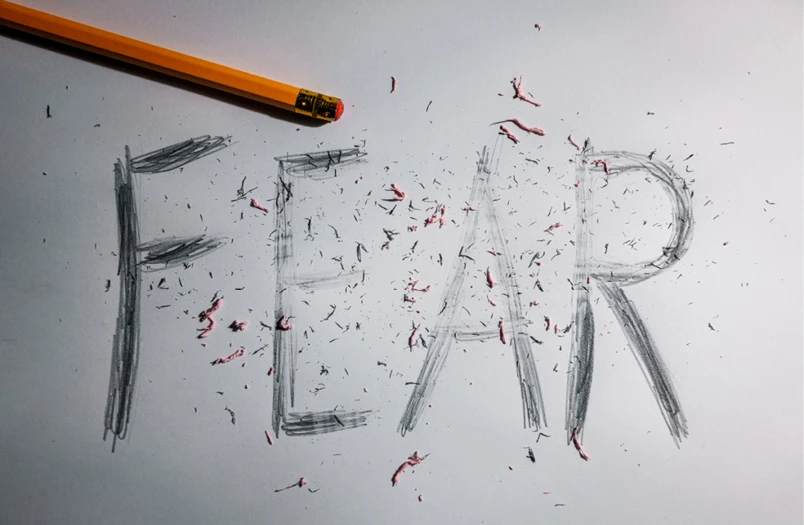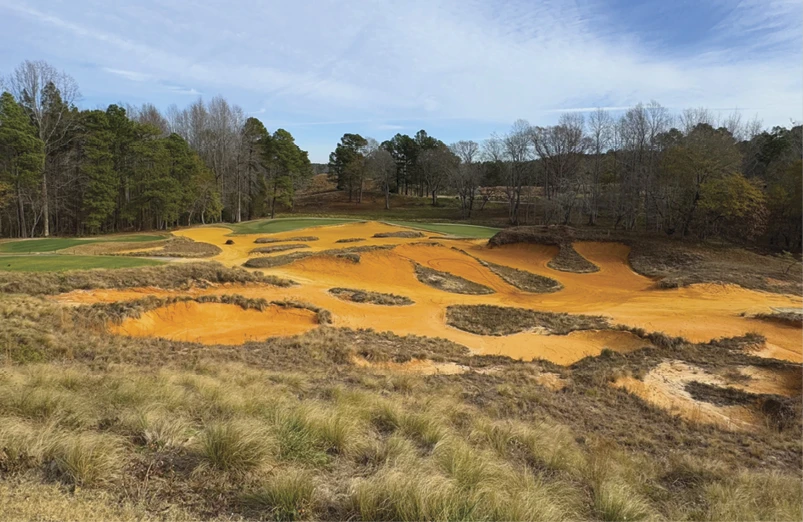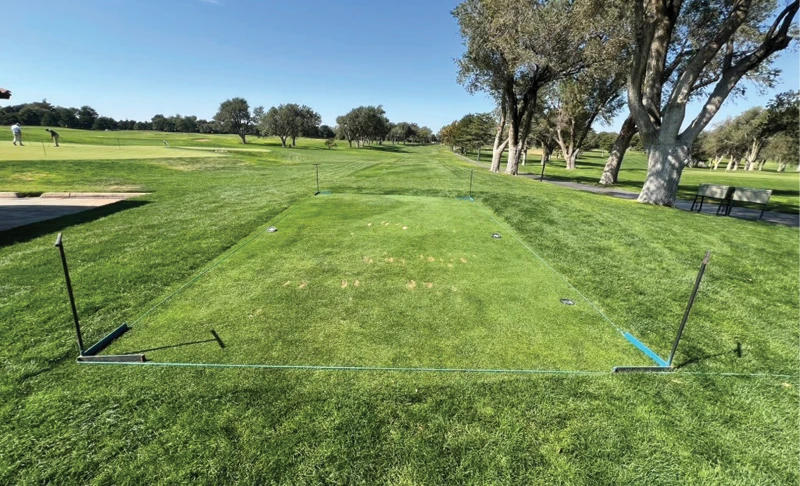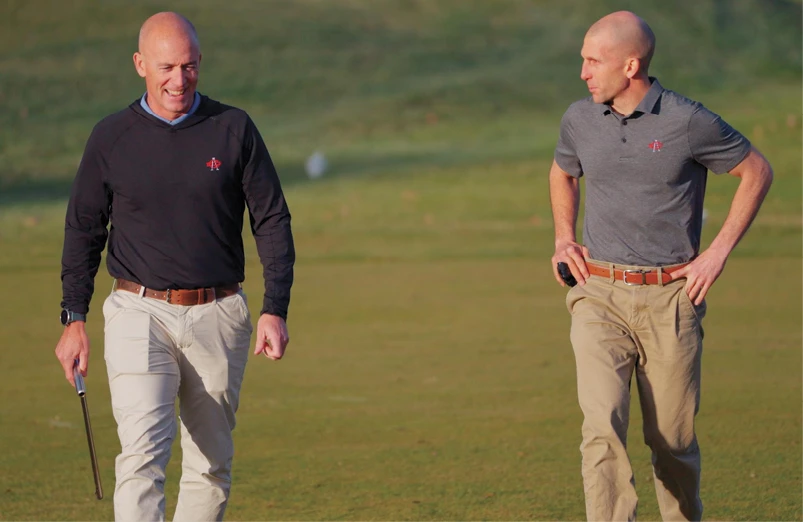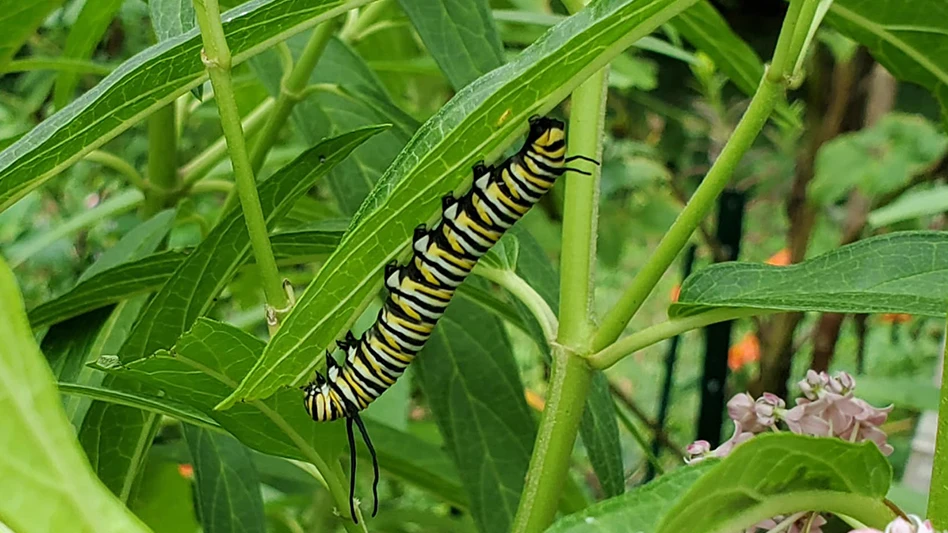 Monroe Miller Monroe Miller |
The famous Iowa artist Grant Wood really had something when, many years ago, he said, “All the really good ideas I ever had came to me while I was milking a cow.” This former farm kid can relate to Mr. Wood’s observation. But my long career in golf inspires me to amend his observation to time spent mowing fairways. I have done a lot of planning and reflection on fairway mowers and more than a few ideas came to me over the drone of their small diesel engines. The thought came to me this spring that golf courses could really make use of a junkyard dedicated to golf course maintenance machinery. I was operating a Toro fairway mower at the time, and before I had headed across the tracks to the golf course I was watching the club’s equipment manager pulling a starter from an engine he’d salvaged years ago. He removed a few bolts and, just like that, he had saved the club hundreds of dollars and had the machine back in use in minutes. It wasn’t the first time he had removed a part from that old engine and it likely wasn’t likely the last. We have shelves with parts salvaged from equipment that had no value as a trade-in. They are pieces that experience had shown we would need somewhere down the line. Tires and rims were included. Often, there wasn’t much left when we were done stripping an old machine. We would have salesmen keep their eyes open for a cheap machine we could purchase that had great value after we cannibalized it for parts. Those salesmen sometimes even knew where a machine was abandoned in a fence row or behind a shop. A phone call to the superintendent and the machine was ours, solving a parts problem for the near future. Jacobsen’s earliest models of their Turfcat, when fitted with a flail deck, pulverized fairway cores after aerification like nothing we ever had seen or demonstrated. They were terrific for mulching leaves, also. We like to keep three of them in good operating condition, but new OEM parts haven’t been available for years. The way out has been to look for some junkers to salvage. So far, so good. But someday, we will have to cast a wider net to find old machines. This is where turf equipment junkyard would come in handy. I have liked junkyards since the day, back in 1962, when I got my driver’s license and my first car. I kept that 1951 Chevy two-door hardtop running by getting parts from an area junkyard. A glass-packed muffler, a condenser, a battery, a distributor cap and even a tire and rim were unaffordable new, but often for less than a buck, my car was running smoothly again. When I upgraded to a 1954 Chevy, I made a quick trip to the junkyard to find a radio and an antenna that would fit in the dash of my “new” car. The biggest junkyard I ever saw was on the edge of an enormous Army post about 25 miles north of Saigon. Battle damaged equipment was hauled to this junkyard, which had to be a couple hundred acres. One day our MP jeep had a flat tire. To avoid the hassle and wasted time at the motor pool, my partner and I pulled into the junkyard to get a replacement tire. The yard was packed with disabled jeeps; nearly everyone had a couple of good tires on it. However, the ornery old E-6 threw us out, saying, “The Army doesn’t put used parts on its equipment.” A prime example of military efficiency. Here in the Midwest businesses have been created that are essentially sophisticated junkyards for ag equipment. You can call an 800 number, give them the part number, and the staff strips it out of an old machine and overnights it to the farmer. Your back in business for a fraction of the cost of a new part. Often the best way to make a repair is with a new part, but not always. How many times do you simply need a small component of a part, but have to buy the entire piece to get it. Instead of a few bucks, it could be $500. It drives superintendents crazy and makes the idea of a turf equipment junkyard an appealing one. There is no question this would take an ambitious team to get it going. After all, who likes to save a buck more than a superintendent? |

Explore the December 2012 Issue
Check out more from this issue and find your next story to read.
Latest from Golf Course Industry
- Spanish Bay set for 2026-27 renovation
- An updated Iowa classic turns to Troon
- Introducing our January 2025 issue
- Bergin renovating Florida’s Golf Club at Crown Colony
- Club at Porto Cima picks KemperSports
- Illinois course receives Audubon Certification
- Adding to our content game
- Florida's Panther National names turf leadership team

